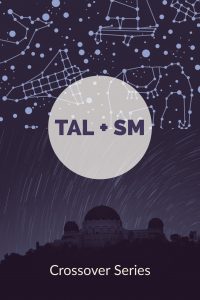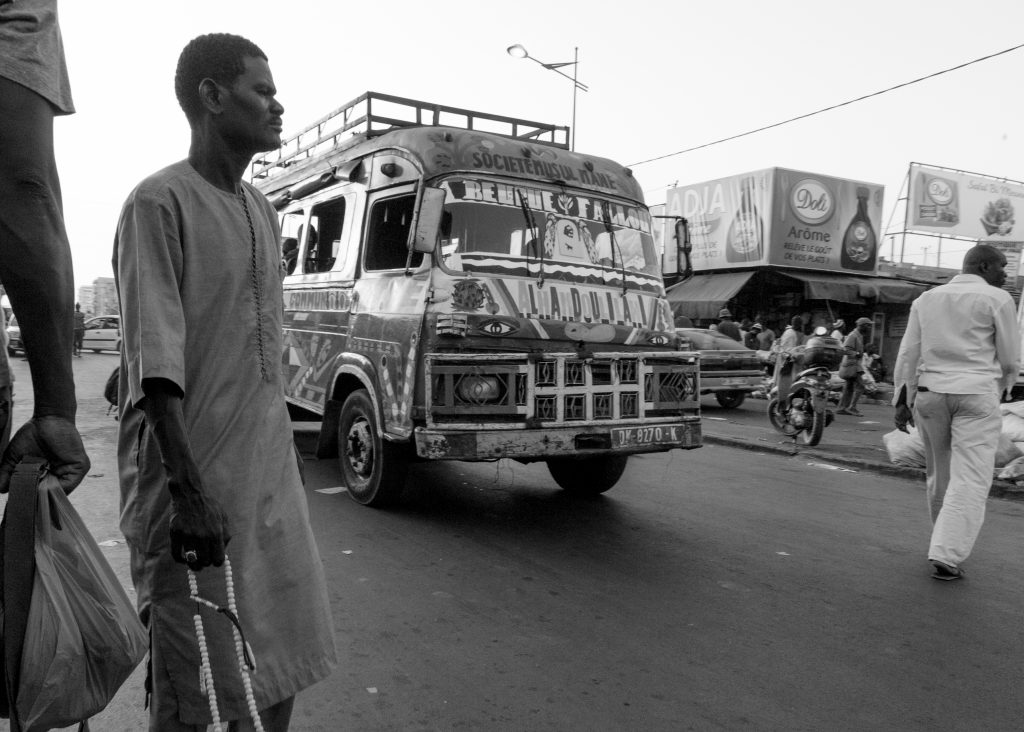Before this year I never felt the need to come up with a clear definition for what counts as an “ethnographic film.” Constructing better pigeonholes only seems to be of use to the gatekeepers who get to decide which films count and which do not. I still think that’s true, but this year I became one of those gatekeepers! As programmer for the 2017 Taiwan International Ethnographic Film Festival I suddenly found myself needing to articulate some kind of working definition that could be communicated to filmmakers, distributors, festival judges, etc. so that everyone understood what did or did not count as an “ethnographic film” for the purpose of this festival. I failed.
The best I could offer was “I know one when I see one” but this definition cost me dearly. We had over 1,500 entries for the festival, and it took a lot of work to weed out which of those films would go on to the judges and which would not. In the end about two thirds of the films were rejected in the first round. In many cases we only needed to read the film description or watch a few minutes to know that it wasn’t right for the festival. In other cases I ended up watching the whole film before deciding. It was a lot of work.
To be honest, I don’t know if a better definition would really have helped. Festival submissions are free1 and a lot of filmmakers don’t bother to read the rules before submitting. Many of the rejected films didn’t even meet the most basic entry requirements listed on the submissions page, and hundreds of them were clearly scripted dramas with no claims to being the slightest bit anthropological or ethnographic. Still, the whole process got me thinking about how I would go about trying to define ethnographic film. Here’s what I came up with. I’m posting this in two parts. Today I’ll set out my goals for such a definition, including my overall approach. In a later post I plan to actually sketch out what such a definition might look like. Continue reading


